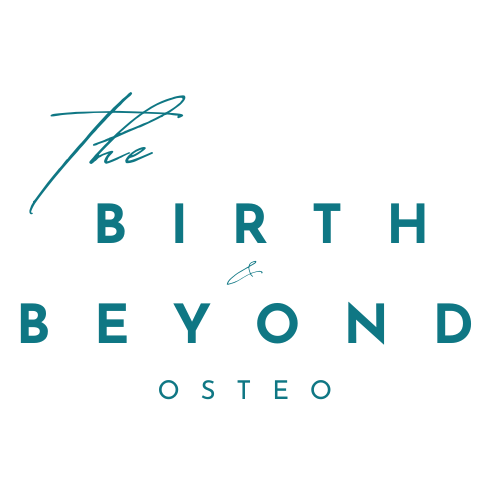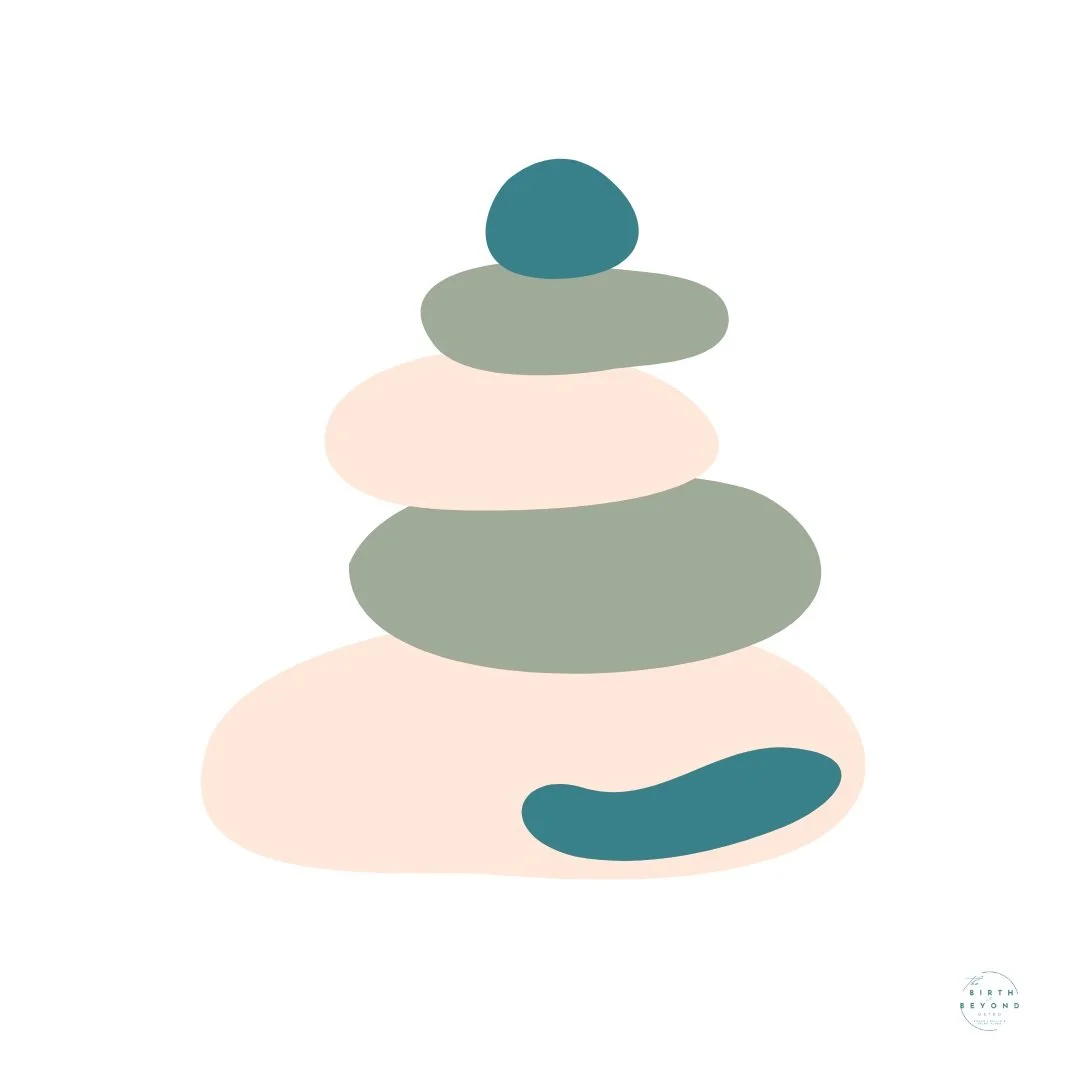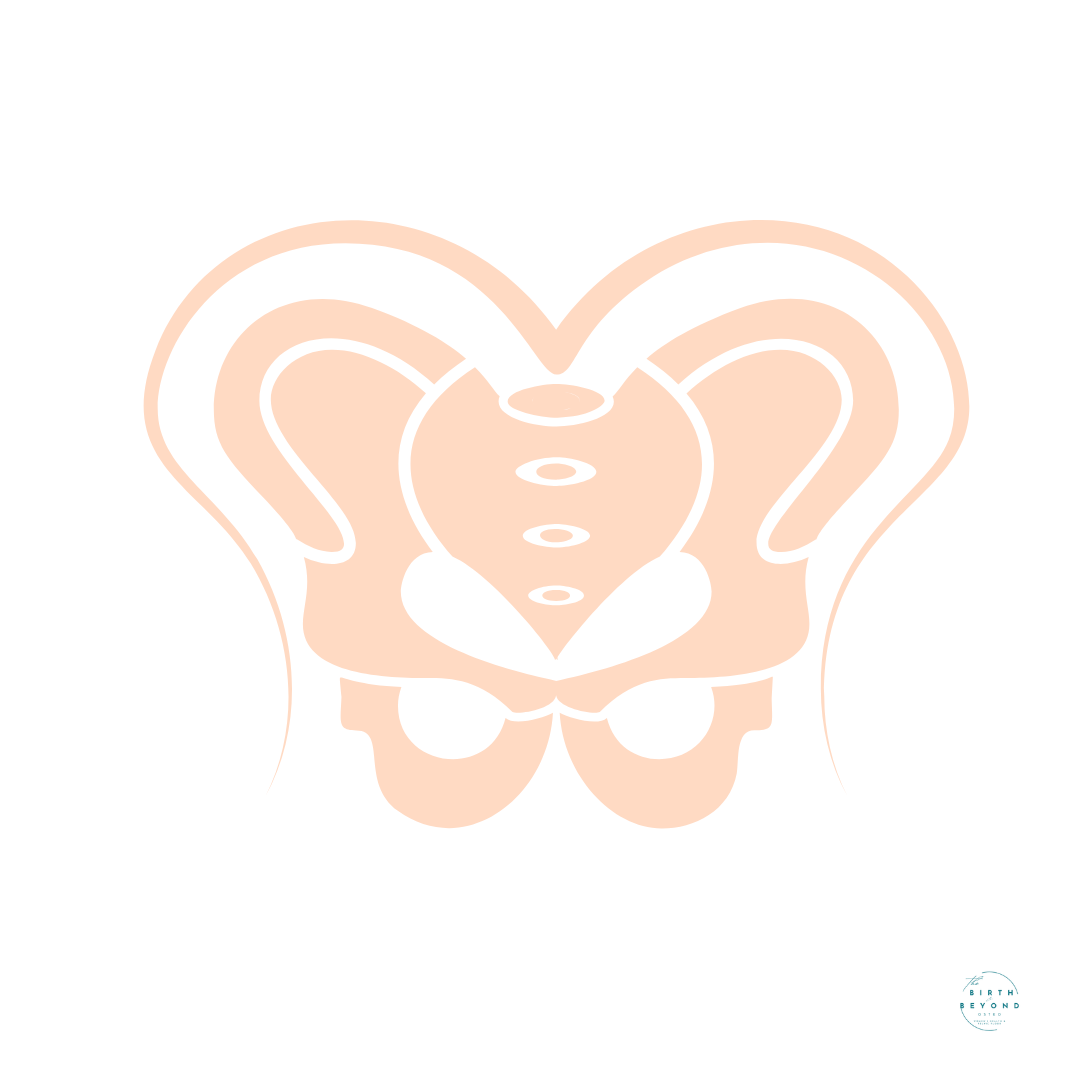Pregnancy & Birth Preparation
Pregnancy and birth care focus on supporting the body's physical changes and preparing for a healthy delivery. Osteopathic treatment during pregnancy helps address issues like pelvic girdle pain, lower back pain, and general discomfort, allowing the body to adapt more smoothly. We address the pelvis, spine, and related structures to ensure they are balanced and ready for labor. As birth approaches, osteopathic techniques can assist in positioning the baby optimally and relieving tension.
Comprehensive birth preparation also involves educating expectant mothers about posture, breathing techniques, and strategies for minimising strain during labor, and to help you prepare for the birth you want but to also be prepared for if things change and your ideal plan can’t be followed, you will have tools to be able to draw upon to ensure you are still comfortable and in control of your birth.
Post Partum Care
Postpartum care is essential for women as your body recovers from the physical and emotional demands of pregnancy and childbirth. In osteopathy, postpartum treatment focuses on restoring balance to the body, addressing issues like pelvic pain, diastasis recti, and pelvic floor dysfunction. I use gentle manual techniques to support the body’s healing, aiming to alleviate discomforts like lower back pain, pelvic instability, and tension in the neck and shoulders. Treatments often include a combination of hands-on therapy, breathing exercises, and personalized exercise plans to help mothers regain core strength and improve posture.
I work with you and your health team considering factors like posture, breathing patterns, and overall movement mechanics to ensure a smooth recovery and prevent long-term issues. Additionally, each women’s postpartum experience and recovery goals are unique, so care addresses both the physical and mental health challenges new mothers face, promoting relaxation, stress relief, and overall well-being. It takes a village to raise a baby. Let me nurture you through matrescene.
Your Everyday Treatment
One of the fundamental principles of Osteo, is that structure and function are reciprocally interrelated, meaning that good structure ensures good function. Regular treatment (every 4-8weeks) means your body is better equipped to deal with the bumps of everyday life, and I’m often told the person on the table didn’t even know that was sore until they came for a treatment.
Prevention is key to good health. Regular treatment might mean the source of your headaches is treated before you notice a headache. You don’t notice your low back pain, because monthly treatment and some stretches throughout the month have held it at bay. Even your car needs a regular service, shouldn’t your body also?
Pelvic Pain
Pelvic pain can be associated with conditions like endometriosis, dysmenorrhea (period pain), pelvic floor dysfunction, and bladder issues such as interstitial cystitis. Pelvic pain is often linked to dysfunction in muscles, nerves, or organs in the pelvis, and it can affect bowel, bladder, and sexual function. Women may experience symptoms such as pain during intercourse, chronic lower back pain, and discomfort during menstruation.
Osteopathic care can play a vital role in managing pelvic pain by using techniques like manual therapy to address imbalances, reduce muscle tension, and promote relaxation.
Treatments may involve both internal and external assessments, targeting pelvic floor muscles, fascia, and organ mobility to alleviate pain and improve function, whilst also looking at other influential and modifiable factors through your life that may be contributing to your pain.
Bladder Issues
Bladder issues such as urinary incontinence, urgency, and bladder pain can significantly impact a person's quality of life. Conditions like overactive bladder, interstitial cystitis (bladder pain syndrome), and stress incontinence are common pelvic health concerns.
An Osteopathic treatment for these issues involves assessing and treating the pelvic floor (external or internal), along with considering the whole body’s role in these symptoms. By focusing on factors like muscle tension, posture, and lifestyle, I work with you to help manage bladder issues and improve function, so you’re not urgently rushing to toilet, or going to the toilet more than once overnight, or can go for a run without leaking.
Osteopathic treatment can include manual therapy, exercise, and lifestyle adjustments to support bladder control, reduce pain, and enhance overall pelvic health and improve your life.
Time Out
We all know you can’t pour from an empty cup, and self-care isn’t selfish—it's a necessity in today’s fast-paced juggling act we call life. That’s why I’ve created the Time Out treatment. This isn’t your typical osteopathic session; it’s a chance to reset.
This treatment is designed to downregulate your sympathetic nervous system (your fight-or-flight response) to promote stress relief and relaxation. It encourages your lymphatic drainage system, improving immune function and reducing swelling. You'll reconnect with your breath, enhancing circulation and reducing congestion. The increased blood flow also boosts skin health.
Additionally, this treatment aims to reduce muscular tension that causes TMJ pain, headaches, or migraines. Come with an open mind and some time to push pause. Leave feeling refreshed and rejuvenated.
Breast Issues
COMING in 2025
Perimenopause & Menopause
These are key stages in a woman's life marked by significant hormonal changes, particularly the decline in estrogen, progesterone, and testosterone. Perimenopause is the transitional phase leading up to menopause, typically beginning around the age of 42, during which symptoms like hot flashes, sleep disturbances, and mood changes become noticeable. Menopause is officially reached when a woman has gone 12 months without a menstrual period, usually around the age of 51.
These hormonal shifts impact not only general well-being but also pelvic health. The reduction in estrogen can lead to weakened pelvic floor muscles, which may result in urinary incontinence, increased urgency, and bowel issues like incontinence or straining. Intimacy can also be affected due to thinning and dryness of vaginal tissues, causing discomfort during intercourse.
Osteopathic care can play an essential role during these phases, working in conjunction with your GP if needed. We discuss your goals and then plan your treatment and management accordingly, which may include pelvic floor assessments, some home exercises, and lifestyle modifications designed to improve strength, reduce pain, and enhance overall health.








